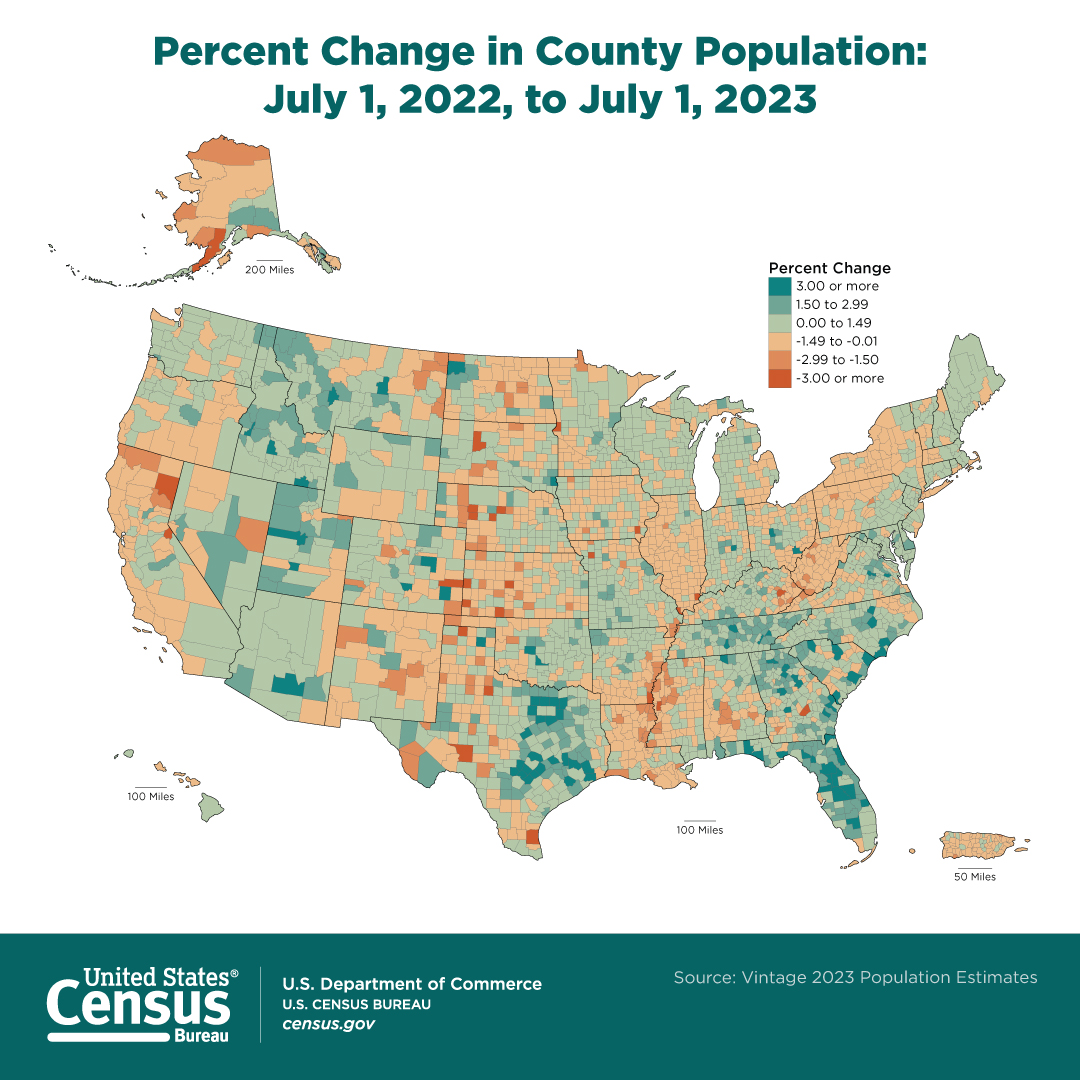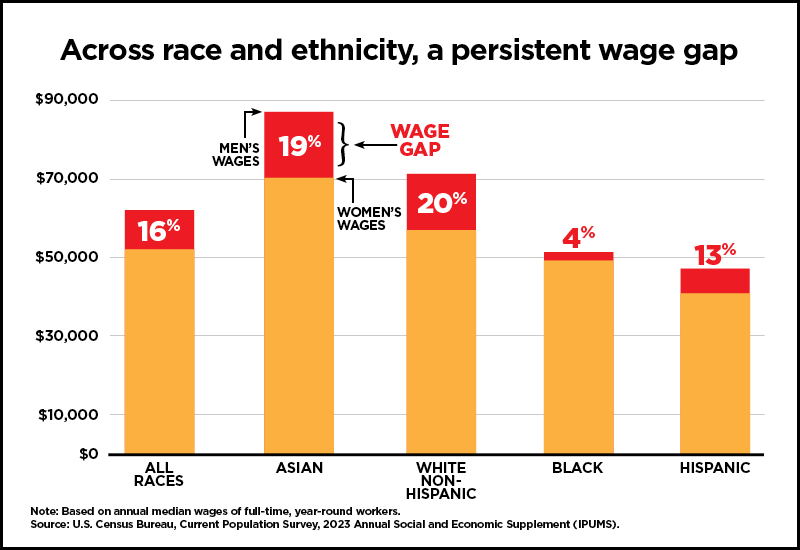"At-home over-the-counter (OTC) COVID-19 diagnostic tests can show if you have an active COVID-19 infection.
These at-home OTC COVID-19 diagnostic tests are FDA authorized for self-testing at home (or in other locations) without a prescription. Tests are available online or at local stores and you collect your own sample, perform the test, and read the result yourself without the need to send a sample to a laboratory.
With most at-home OTC COVID-19 diagnostic tests, you should repeat testing following a negative result, whether you have symptoms or not, to reduce your risk of a false negative test result. For additional information on reading and understanding your test results, see Understanding At-Home OTC COVID-19 Antigen Diagnostic Test Results.
For more information, including answers to frequently asked general questions about at-home COVID-19 diagnostic tests, visit At-Home COVID-19 Diagnostic Tests: Frequently Asked Questions.
Authorized At-Home OTC COVID-19 Diagnostic Tests and Expiration Dates
The table below is updated regularly and lists FDA-authorized at-home OTC COVID-19 diagnostic tests, including information on expiration dates, who can use the test, links to home use instructions for each test, and other details that may help you decide what test is right for you. For additional information about each Emergency Use Authorization (EUA), see In Vitro Diagnostics EUAs: Tables of IVD EUAs.
In the table below, the "Expiration Date" column lists where to find the expiration date for that test, and the "Other Details" column lists the shelf-life for the test. The shelf-life is how long the test should work as expected and is measured from the date the test was manufactured. The expiration date is set at the end of the shelf-life and is the date through which the test is expected to perform as accurately as when manufactured. In some cases, the expiration date for a test may be extended.
An extended expiration date means the manufacturer provided data showing that the shelf-life is longer than was known when the test was first authorized. For more information about how the expiration date is determined and why it may be extended, see the At-Home COVID-19 Diagnostic Tests: Frequently Asked Questions.
To see if the expiration date for your at-home OTC COVID-19 test has been extended, first find the row in the below table that matches the manufacturer and test name shown on the box label of your test. If the expiration date has been extended, then the Expiration Date column states "Extended Expiration Date" and links to a document that lists the lot numbers, original expiration dates, and the extended expiration dates. If your lot number and/or original expiration date do not appear, or if the Expiration Date column states “Expiration Date: See box label,” do not use the test beyond the original expiration date on your test.
Search the table below by manufacturer, test name, or other details shown in the table to find more information on the test, including if the expiration date has been extended. .."
OVID-19 Diagnostic Tests








